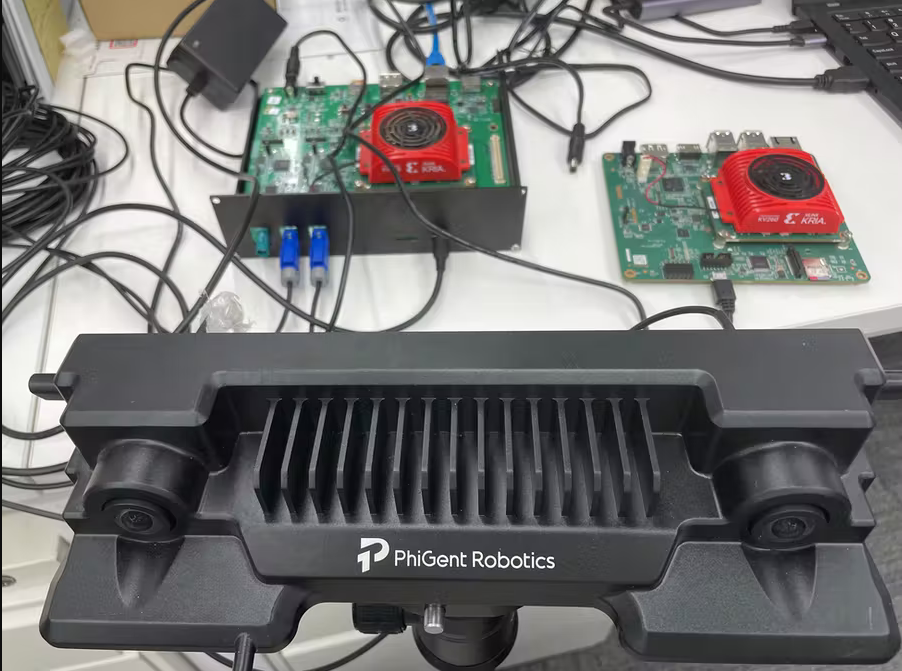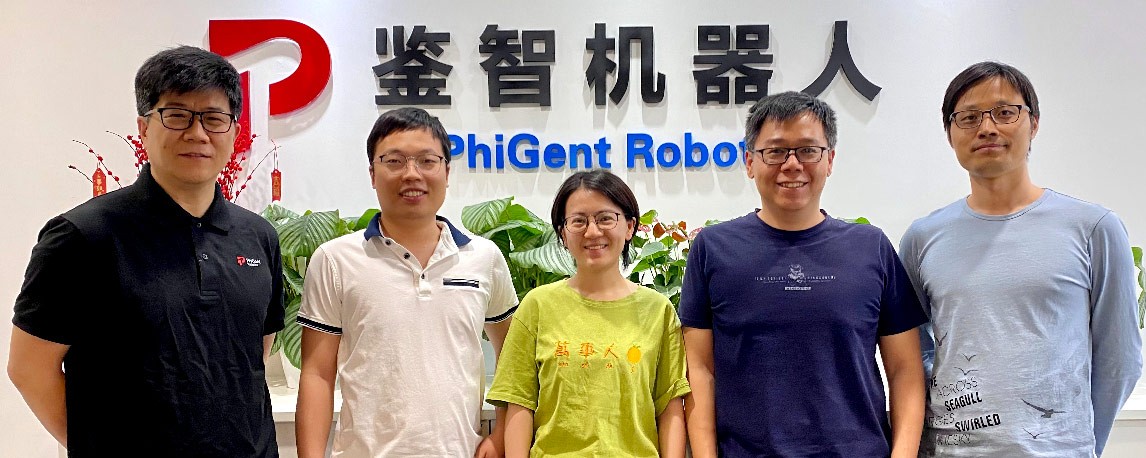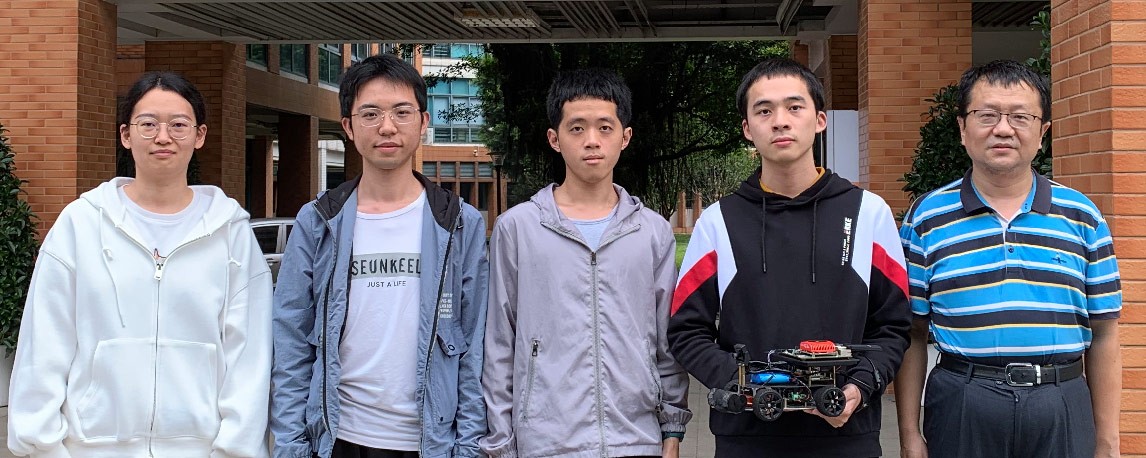Adaptive Computing Challenge 2021
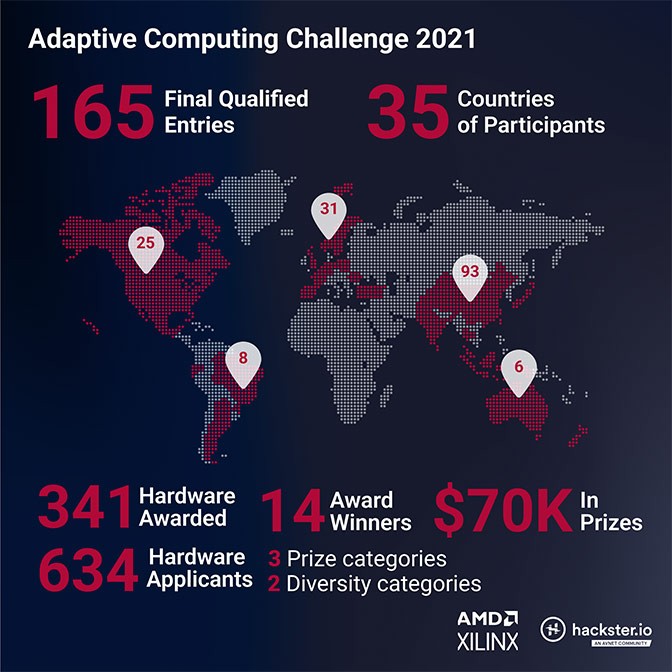
Summary
In September 2021, we kicked off our Adaptive Computing challenge for the second time in a row! We teamed up with Hackster.io, to challenge independent developers to create innovative applications combining the power of AMD/Xilinx adaptive computing platforms with our Vivado® ML, Vitis™ unified software platform, and Vitis AI development environments to solve real-world problems. This year’s challenge consisted of three main categories, each with a top prize of $10,000.
We also introduced two new categories: the “Xilinx University Program (XUP)”, where college students can submit their projects as well as the “Women in Technology” category, offered to individuals or teams composed by a majority (50% or more) of women. Both categories consisted of a top cash prize of $2,500.
This year’s contest saw over 2,000 registrations, producing 634 hardware applications, resulting in 165 qualified entries from developers spanning 35 countries. A total of 14 award winners were selected across the five categories, with a total prize pool of $70,000. With more than 3X the number of qualified entries compared to last year, we’re thrilled by the significant growth of the challenge and want to thank everyone that participated.
Category 1: Edge Computing
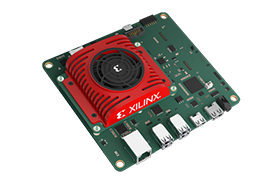
AI-enabled applications are increasingly being deployed at the edge. Cities are becoming safer with automated vision applications, Industrial IoT applications are requiring high-performance AI inference processing, and even retail is changing with smart check-out experiences.
We looked for the best use of the Xilinx Kria KV260 Vision AI Starter Kit, along with Vitis / Vitis AI to build edge computing applications.
Category 2: Data Center AI
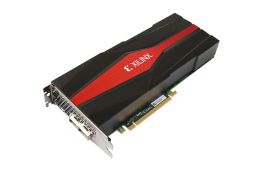
Data centers are increasingly turning to artificial intelligence to manage various tasks from monitoring equipment to server optimization. At the heart of the data center, FPGA-based adaptive computing is proving itself to be, in many cases, the most efficient and cost-effective solution for running complex AI workloads.
We looked for the best use of the VCK5000 combined with Vitis AI to accelerate AI inference.
Category 3: Big Data Analytics
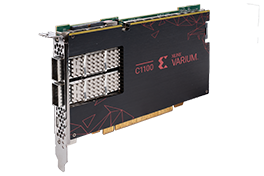
Within the Big Data Analytics framework, this contest exclusively focused on accelerating blockchain applications including Proof of Work (PoW) algorithms that require high memory bandwidth and transaction validation for permission blockchains such as Hyperledger Fabric.
We challenged developers to build solutions on Xilinx Varium™ C1100 accelerator cards that make blockchain protocols and infrastructure more efficient and scalable.
Winning Projects
Category 1: Edge Computing
First Place: Karp
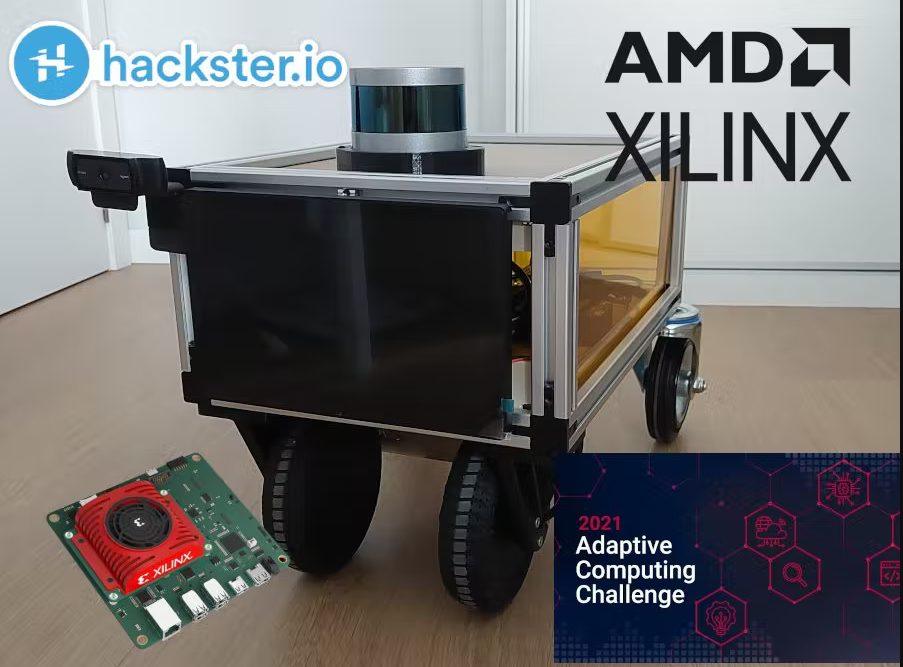

By: Jorge lamperez
This project walks through different sections both hardware and software for building the Kria Autonomous Robotic Platform (Karp).
Second Place: Phigent Heimdallr
Second Place: Human-AI Interactive Diagnostic System Using Edge Computing

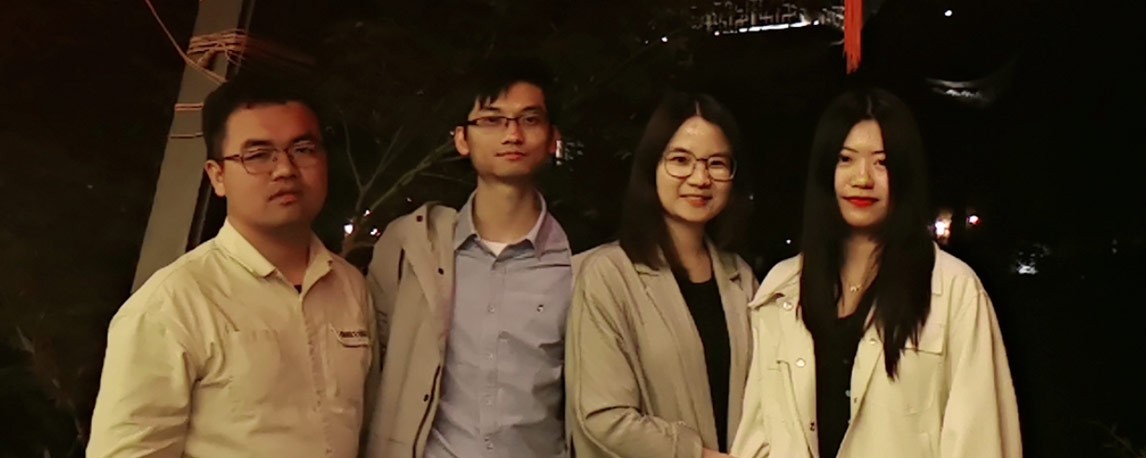
By: Team All-Nighter Valkyrie
Group: Hongxiang Lin, Yingying Xu, Huimin Huang, Wangyinjie
A novel deep learning-based diagnostic system built on KV260 to infer precise tumor segmentation interacting with expert annotation
Third Place: Gesture Control of Smart Home Devices with Xilinx KV260
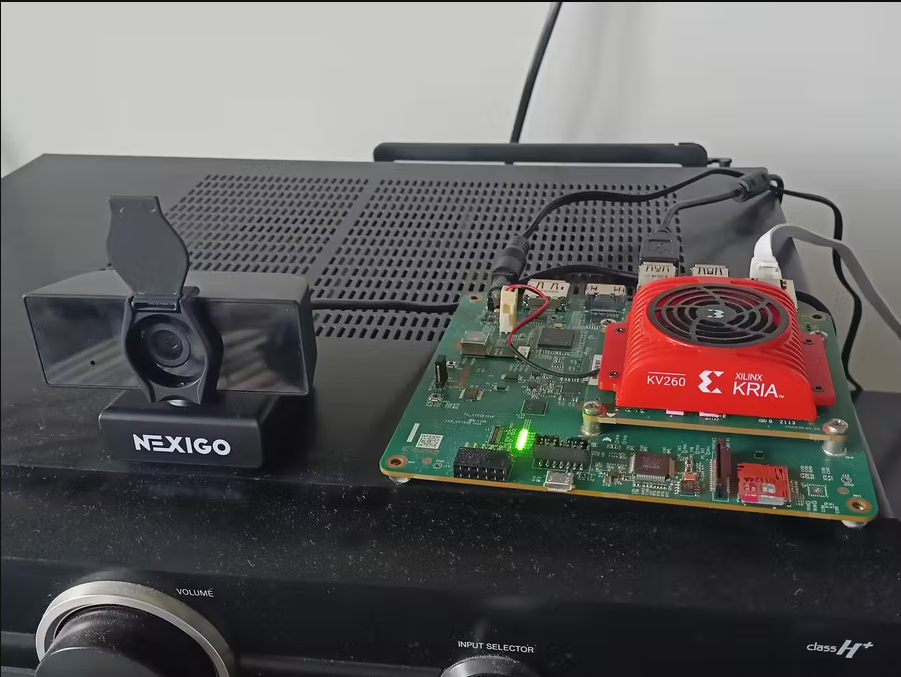

By: Peter Quinn
Compile a pretrained PyTorch model to run on a Xilinx Kria KV260 to perform gesture recognition from a USB webcam to control a FireTV stick.
Third Place: Self-driving Car Based on Learning from Vision Demonstration
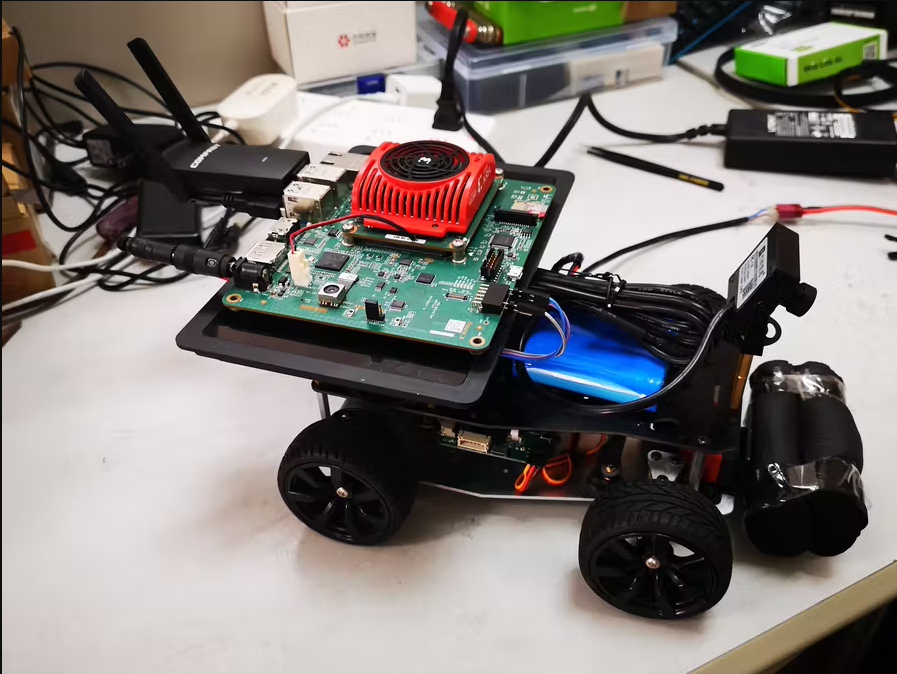
Third Place: Kria Smart Security Camera
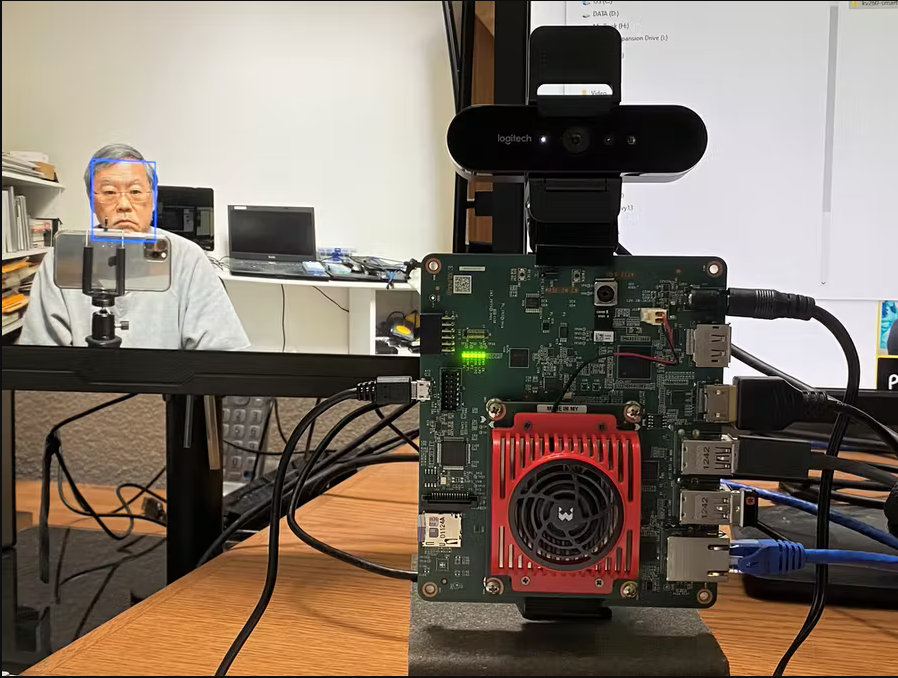

By: Ralph Yamamoto
A Smart Camera that can switch AI detection models based on distance measured by a time-of-flight sensor
Category 2: Data Center AI
First Place: Instant Medical Image Analysis Aid for 8 Clinic Exam Rooms
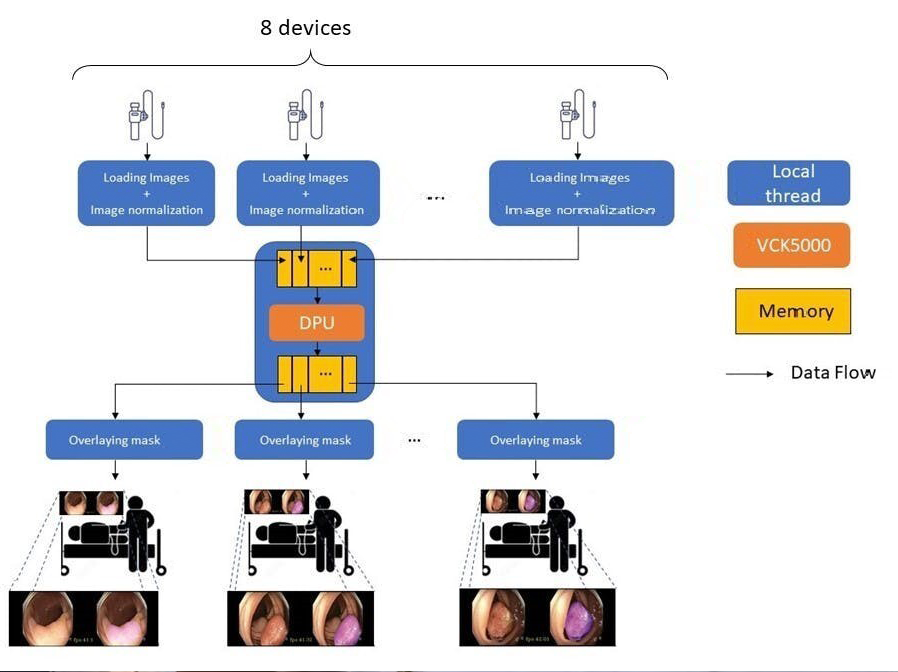
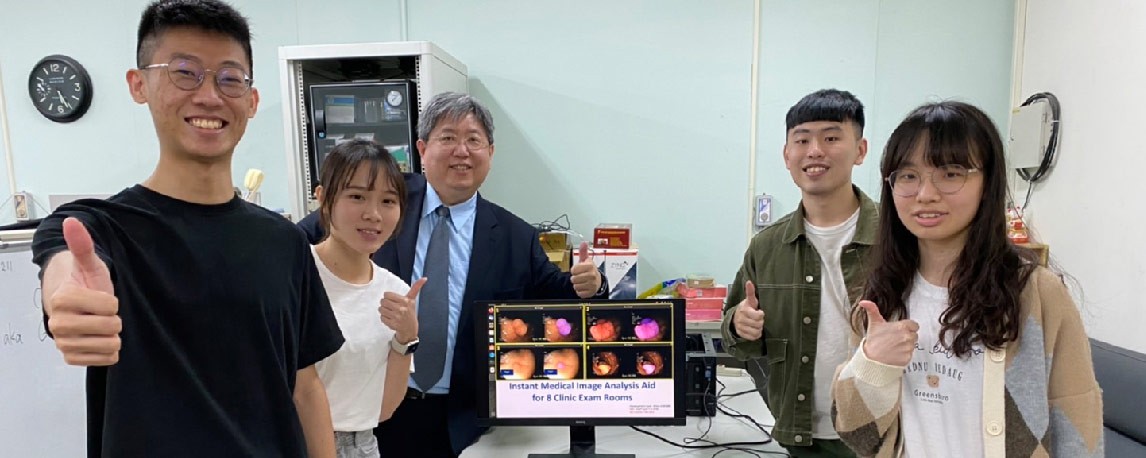
By Team NYCity
Group: Joyce Fang, Haven Chen, Gary Wang, Chloe Kuo
The system can complete at most eight polyp segmentation tasks in real-time, which is indeed helpful for joining medical applications.
Second Place: Green computing, Versal Based Image Restoration Pipeline
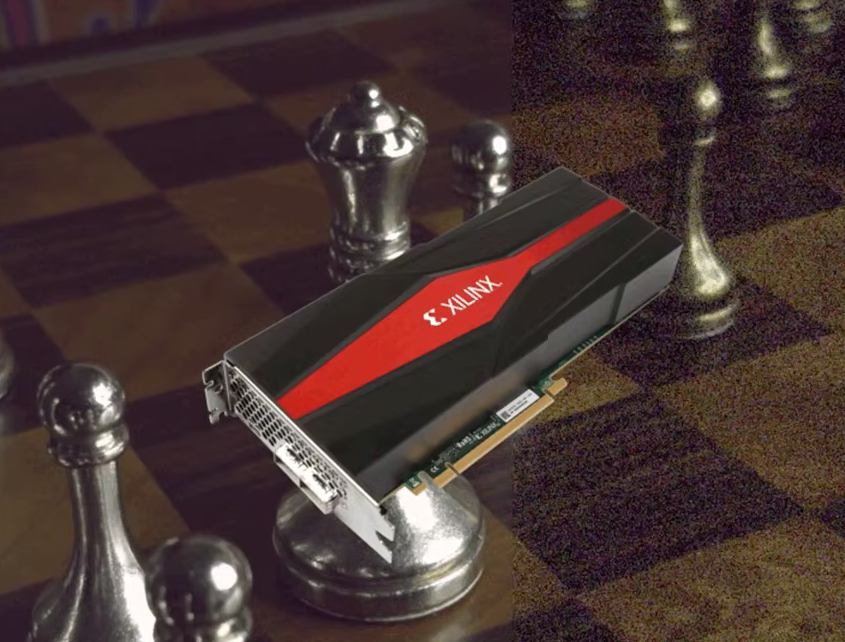

By: Stefan Blattmann
Demonstration of power-efficient image restoration pipeline based on a VCK5000 that outperforms state of the art computing systems
Third Place: Deepfakes C-L-I on VCK5000
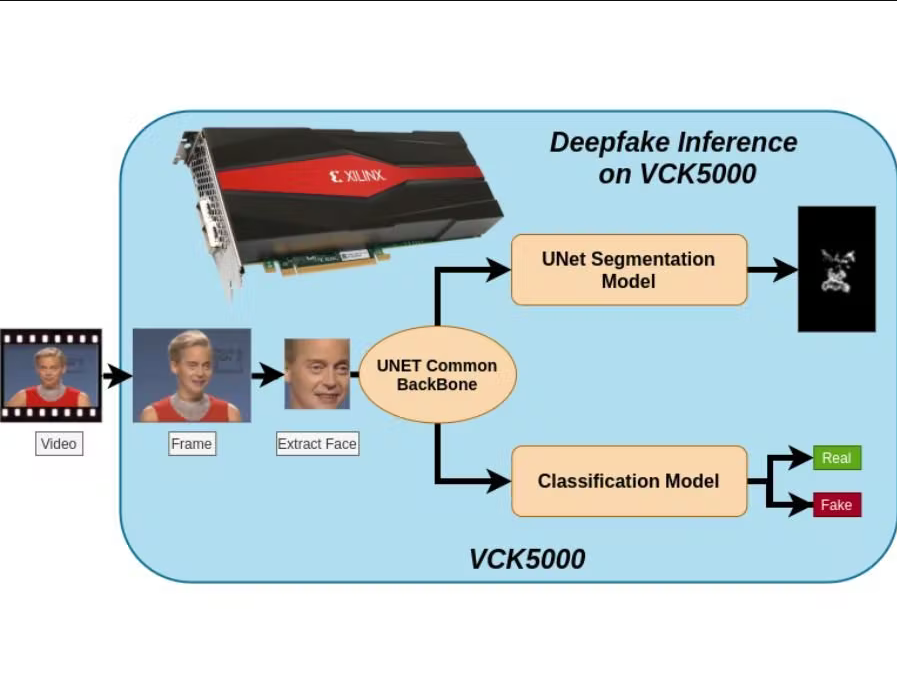

By Team TheMatrix
Group: OMKAR BHILARE, Vedant Paranjape, Sravan Chittupalli, Rahul Singh
Accelerating Deepfake C-L-I (Classification-Localization-Inference) using VCK5000 AI Inference Card
Category 3: Big Data Analytics
First Place: TRIDENT - A Hardware Implemented Poseidon Hasher



By Team DatenLord: Steve Wu, WanZheng Weng
We implemented the ZK-SNARK friendly Poseidon hasher on FPGA to boost performance of blockchain storage proof.
Second Place: Fast DFX for Multi-hash Algorithms
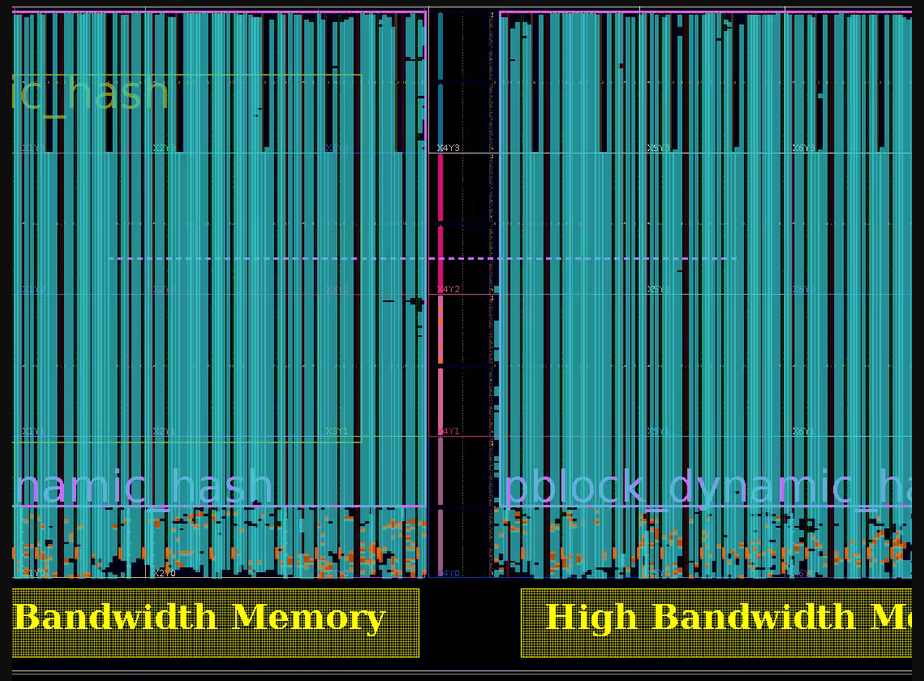

By: Tony Wu
Efficiently computing multi-hash algorithms by time-slicing with fast dynamic function exchange
Third Place: Decentralized Cloud Accelerator


Accelerating Blockchain Transfer System on Flux Using the Xillinx Varium C1100 FPGA.
Category 4: Women in Tech
Winner: J-Eye - Intramuscular Site Detection for Autonomous Injection
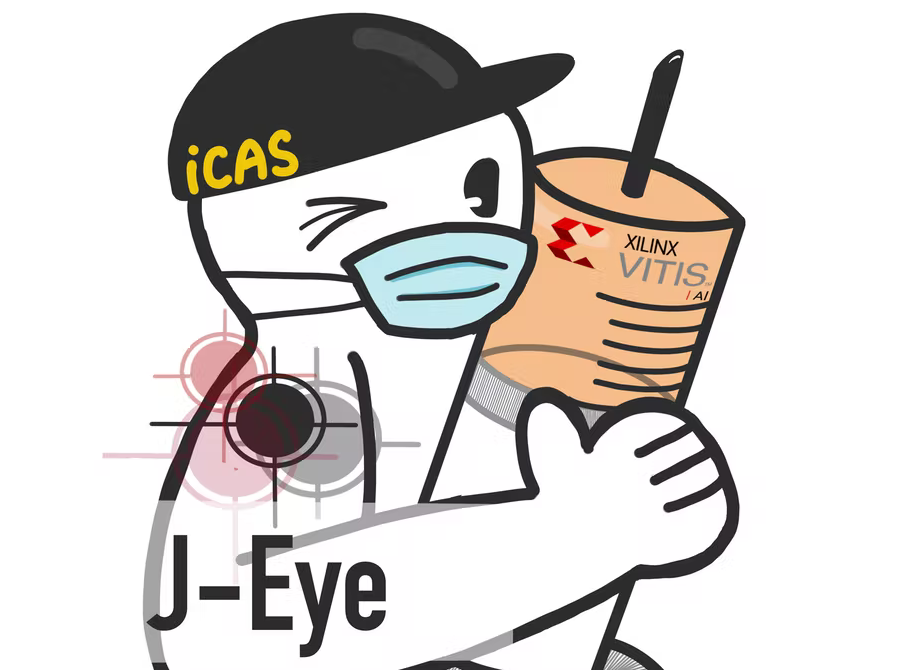

By Team J-Eye: Runxi Wang, Yuqi Gu, Xinfei Guo
This project explores a low-cost solution for detecting intramuscular injection site to empower the next-gen autonomous vaccine injection.
Category 5: University Program
Winner: All-in-one Self-adaptive Computing Platform for Smart City


By: Yufan Lu
Dynamically adjust the performance in real time by model size, processing branch, inference interval, and hardware configuration
